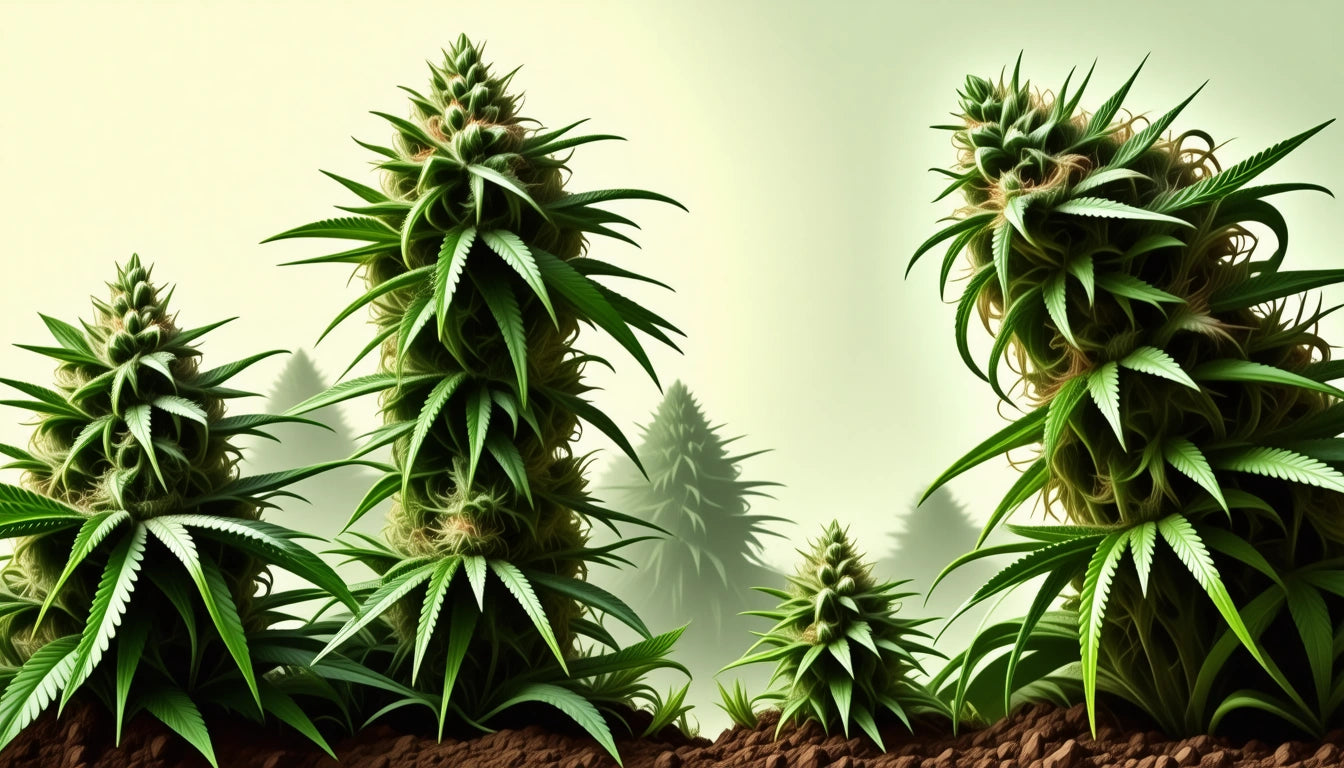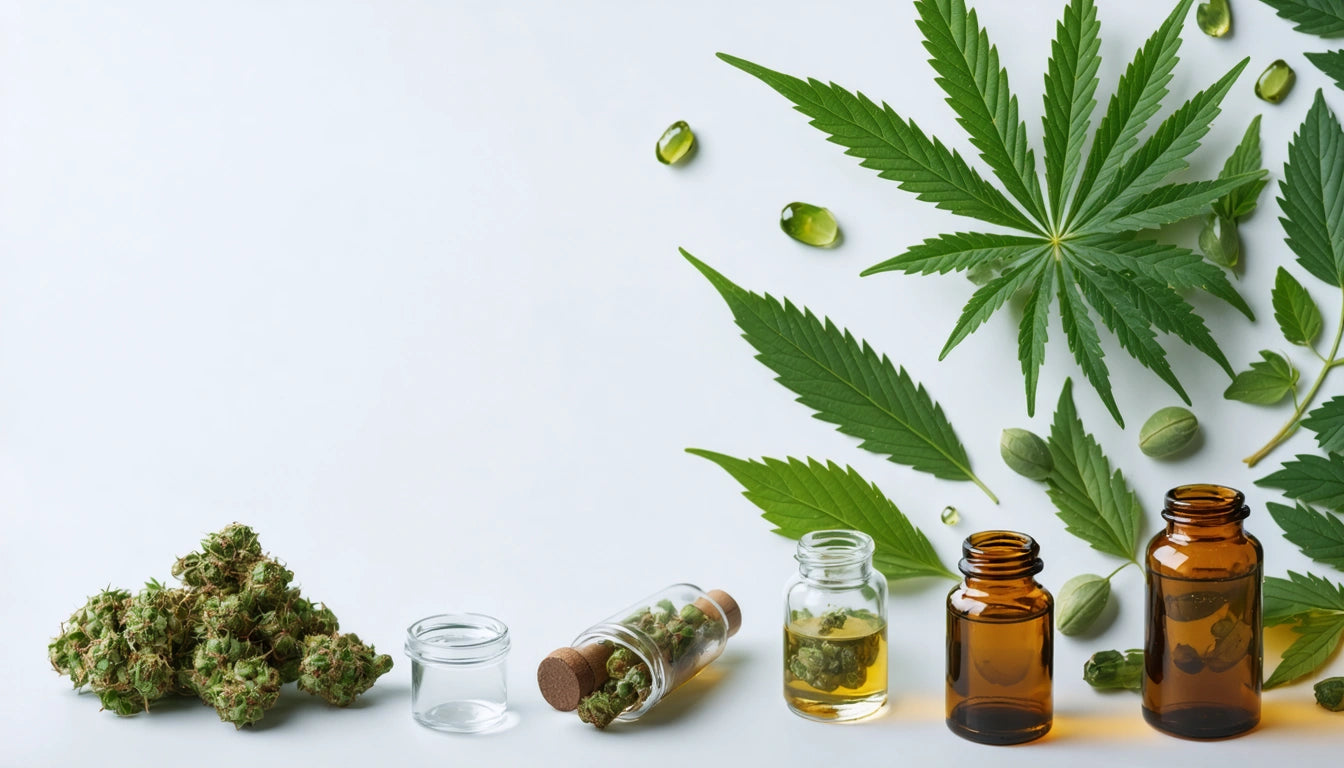Table of Contents
- Understanding Bud Rot and Mold: Key Differences
- Visual Identification: How to Spot the Problem
- Microscopic Examination: Trichomes vs. Fungal Structures
- Environmental Factors Contributing to Fungal Growth
- Prevention Strategies for Cannabis Cultivators
- Treatment Options: Can Affected Plants Be Saved?
- Protecting Future Harvests: Long-term Management Approaches
Understanding the Differences Between Bud Rot and Mold in Cannabis Cultivation
Cannabis cultivators face numerous challenges throughout the growing cycle, but few issues are as potentially devastating as fungal infections. Two common problems, bud rot and mold, are often confused with one another despite requiring different management approaches. This guide explores the critical differences between bud rot vs mold, helping growers identify, prevent, and address these issues before they compromise an entire harvest.
Understanding Bud Rot and Mold: Key Differences
While both bud rot and mold are fungal issues affecting cannabis plants, they represent distinct problems with different causal organisms and progression patterns.
Bud Rot (Botrytis)
Bud rot, scientifically known as Botrytis cinerea or gray mold, is an infection that begins inside the cannabis bud and works its way outward. As detailed in this comprehensive guide on bud rot, the infection typically starts at the stem inside the dense flower structure where moisture gets trapped. By the time external symptoms become visible, significant internal damage has often already occurred.
Surface Mold
Surface mold, by contrast, typically begins on the exterior of the plant and can include various species like powdery mildew, Aspergillus, and Penicillium. Unlike bud rot, surface molds are usually visible much earlier in their progression, appearing as white, green, or black patches on leaves, stems, or the exterior of buds.
Visual Identification: How to Spot the Problem
Recognizing the visual differences between bud rot vs mould is crucial for early intervention. This visual guide to cannabis mold provides detailed imagery, but here are the key indicators:
Bud Rot Symptoms:
- Initially appears as brown or gray discoloration within buds
- Affected areas become slimy or mushy
- As it progresses, gray fuzzy growth may become visible
- Infected buds easily pull apart, revealing brown or gray interior
Surface Mold Symptoms:
- White powdery substance on leaves (powdery mildew)
- Green or blue-green fuzzy patches (Penicillium)
- Black spots or growth (Aspergillus or black mold)
- Discoloration primarily on external surfaces
Microscopic Examination: Trichomes vs. Fungal Structures
One of the most challenging aspects of identification is distinguishing between trichomes and mold, especially for new growers. When using a bud rot microscope, trichomes or mold structures can sometimes appear similar to the untrained eye.
Trichome Characteristics:
- Mushroom-shaped with crystalline, transparent appearance
- Organized, uniform distribution pattern
- Resinous, sticky texture
- Do not wipe away easily
Fungal Structures:
- Web-like or fuzzy appearance
- Irregular growth patterns
- Often has a dusty or powdery texture
- May release spores when disturbed
As described in this guide on moldy weed identification, a 60-100x magnification can reveal the distinct structural differences between healthy trichomes and dangerous fungal growth.
Environmental Factors Contributing to Fungal Growth
Understanding the conditions that promote bud rot and mold is essential for prevention. While there is overlap in favorable conditions, certain environments can promote one type over another.
Conditions Favoring Bud Rot:
- High humidity (above 60%) during flowering
- Poor air circulation within dense buds
- Cooler nighttime temperatures creating condensation
- Rainfall or water accumulation on flowers
Conditions Favoring Surface Molds:
- Fluctuating humidity levels
- Overcrowded growing spaces
- Poor overall ventilation
- Water splashing on leaves during irrigation
The cannabis flowering and budding process creates particularly vulnerable periods when plants are at heightened risk for fungal infections.
Prevention Strategies for Cannabis Cultivators
Prevention is always more effective than treatment when it comes to fungal issues in cannabis cultivation. Implementing these strategies can significantly reduce the risk of both bud rot and mold:
Environmental Controls:
- Maintain humidity between 40-50% during flowering
- Ensure proper air circulation with oscillating fans
- Use dehumidifiers in enclosed growing spaces
- Implement proper spacing between plants
Cultural Practices:
- Selective defoliation to improve airflow
- Avoid wetting buds during watering
- Water at the start of the light cycle to allow evaporation
- Regular inspection of plants, especially dense colas
For more detailed prevention techniques, this resource on eliminating mold from cannabis provides actionable strategies for both indoor and outdoor cultivation.
Treatment Options: Can Affected Plants Be Saved?
When infection is detected, swift action is necessary. However, treatment options differ between bud rot and surface molds.
Managing Bud Rot:
- Remove and destroy all infected buds
- Cut at least 1 inch below visible infection
- Isolate affected plants immediately
- In most cases, infected buds cannot be salvaged
Addressing Surface Molds:
- Remove heavily affected leaves
- Apply approved organic treatments like neem oil for early-stage infections
- Improve environmental conditions immediately
- Consider hydrogen peroxide solutions for powdery mildew
The comprehensive guide to growing bud includes additional intervention strategies that can help salvage plants with early-stage infections.
Protecting Future Harvests: Long-term Management Approaches
Beyond addressing current infections, implementing long-term strategies can help protect future cannabis harvests from fungal problems:
- Select mold-resistant strains for humid climates
- Implement preventative biological controls
- Establish strict sanitation protocols between growing cycles
- Consider structural improvements to growing spaces to enhance ventilation
- Develop an integrated pest management plan that includes fungal prevention
Understanding the differences between bud rot vs mold empowers cultivators to implement targeted prevention strategies and respond appropriately when issues arise. With proper knowledge, environmental controls, and regular monitoring, cannabis growers can significantly reduce the risk of fungal infections compromising their harvests. Remember that early detection through regular inspection remains your best defense against these common but manageable cultivation challenges.











Leave a comment
All comments are moderated before being published.
This site is protected by hCaptcha and the hCaptcha Privacy Policy and Terms of Service apply.